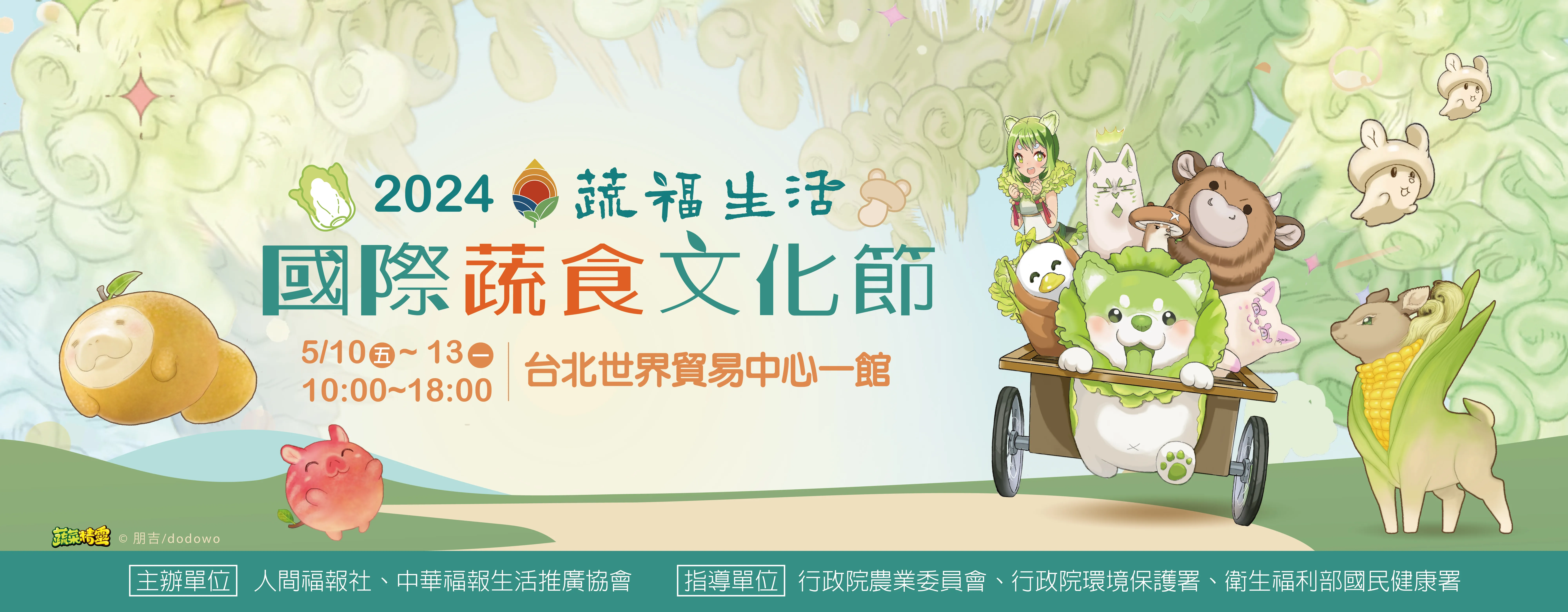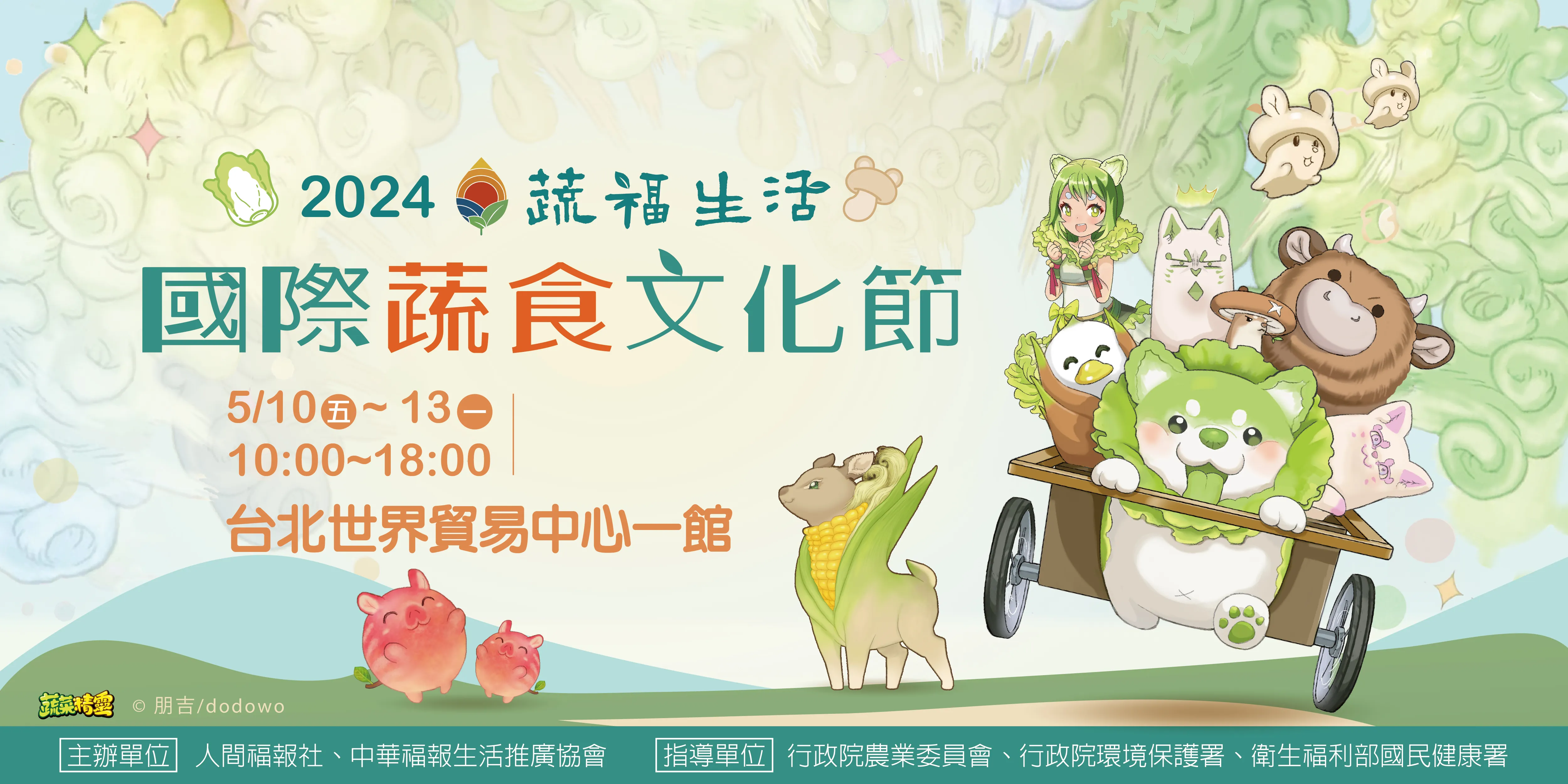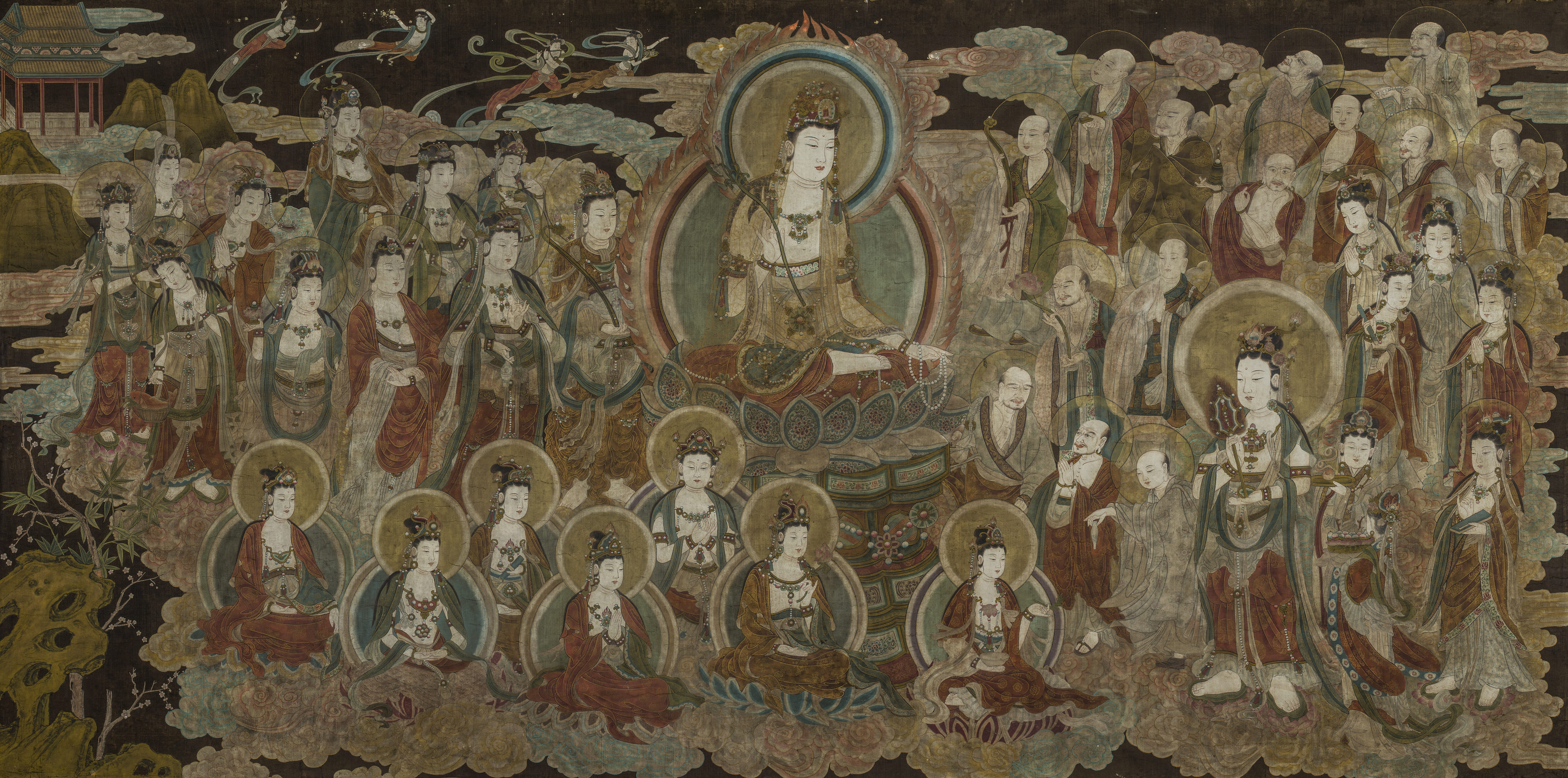


| 時代: | 15世紀至16世紀初 |
| 出土地點: | 傳世品 |
| 尺寸: | 長度:約360 cm 寬度:約162 cm |
| 質地: | 工筆礦物彩布質壁畫 |
| 數量: | 1 |
此幅壁畫使用藏畫法,也叫喇嘛水陸道場畫法。先選用可以捲起,便於攜帶、收藏和張掛的柔軟畫布,布先用一個特製木框繃在上面拉緊,再上糨糊加入明礬後的膠礬水,糨糊加入明礬讓糨糊具有收斂、凝結、防蟲、防腐等功能,但年代久遠會讓布與紙產生天然風化現象、易脆,此幅畫布畫紙的易脆程度即符合明朝中期至今會有的風化程度,再用白土加膠,用光石磨壓,塗磨之後,布松下來,再拉繃一次,反覆多次,畫成之後不致發生畫布收縮而變形變樣。顏料是用標準明朝中後期的天然礦物彩料,呈色依然鮮豔,但有明顯年代久遠風化現象。畫工繁複細緻,與法海寺內壁畫之畫工如出一轍,菩薩和眾護法的神態姿勢、衣著紋飾,以及背景捲雲畫法,整體畫風、畫法和布局方式相同。此幅壁畫是明朝中後期宮廷畫家利用藏畫方式繪製的大型精美佛教文物壁畫,布質壁畫保存不易,此件雖布質易脆,但整體保存完善,是可與紐約大都會博物館壁畫媲美之大型精美布質壁畫。This is a White Cloth Guanyin Teaching Painting from the mid to late Ming dynasty painted in the Tibetan style, which is also known as the lama water and land bodhimanda painting method. Soft painting cloth that can be rolled up and is convenient to carry, collect, and hang, is selected. The cloth is then stretched on a special wood frame and an alum paste is used coat the painting cloth. The alum gives the paste a concentrating, condensing, insect-preventing, and anti-corrosion effect. However, age will still produce a natural weathering effect on the cloth and paper, making it brittle. The level of brittleness of this painting paper conforms to that of cloth from the mid Ming dynasty. The cloth is treated with glue-added white clay and pressed/polished with smooth stones, then loosened and then stretched repeatedly. After the process, the cloth will not shrink or deform when painted on. The ink used is standard mid to late Ming dynasty natural mineral paint, which is still vibrant, although signs of aging can be seen. The details on this painting are complex and intricate, and similar to that in the Fahai Temple wall paintings. The postures of the Guanyi and accompanying dharmapalas, their clothing and decoration, the decorative clouds in the background, and the overall painting style, painting method, and distribution is also the same as the Fahai Temple paintings.This is a large and beautiful Buddhist wall painting done by a Ming dynasty court painter using the Tibetan painting method. Cloth wall paintings are difficult to preserve. Although the cloth of this painting is brittle, the overall item has been well-kept, and is comparable to the cloth paintings in the collection of large New York museums.
此幅畫中央為白衣觀音,觀音菩薩眼瞼低垂呈思考狀,眉心中央有白毫,頭部比例較大,身形沉穩端正,上半身面積較大,著有披肩式的白色天衣,天衣外罩一層輕盈剔透的描金薄紗,薄紗上花紋繁複華美、衣著蔽體不露,在寬大袖口自手肘才大幅散開,胸口交領低而寬,露出裙頭的結飾,衣著邊緣、內裡有華麗的花式圖樣環繞,有標準明朝中後期捲葉紋,下身褲裙的紋飾是捲葉團紋,右手向上拇指、中指相捻持說法印、持蓮花,左手掌心向下、置於膝上持念珠,雙腿盤坐於多層次華麗法座上,蓮座蓮瓣以蓮花和標準明朝中後期捲葉紋為飾。A white-clothed Guanyin is at the center of this painting. The Guanyin has an urna in the center of her forehead and lowered eyes that give her a thoughtful expression. The head is larger in proportion to the body and the body appears to be upright and stable. The upper body takes up more area and is clothed in white clothing. A light gold-outlined chiffon, which is decorated with complex and beautiful patterns, is draped over her clothing. The clothing itself covers the body and leaves it unexposed. Wide sleeves start to spread wider starting from the elbows. The collar opening is wide and sits lower on the chest, exposing the rope knot of the dress. The edge and the inside of the cloth are decorated with gorgeous floral patterns, including standard mid to late Ming dynasty rolled leaf pattern. The trouser is also decorated with rolled leaf patterns. The Guanyin’s right hand is held in a Dharmachakra mudra sign while holding a lotus flower. The palm of the left hand is held in a downward direction and placed on the prayer beads on her knee. The Guanyin sits cross-legged on a beautiful multilayered lotus-shaped seat that is decorated with standard mid to late Ming dynasty rolled leaf pattern.
白衣觀音兩側有魚籃觀音、文殊菩薩、普賢菩薩、媽祖娘娘等眾菩薩以及眾羅漢,眾菩薩、羅漢、侍女及天女衣著皆華麗細緻,和法海寺內壁畫之畫風、畫工一致,應是明朝中後期宮廷畫家所繪製。Surrounding the White Cloth Guanyin is the Guanyin with fish basket, the Manjusri bodhisattva, the Samantabhadra bodhisattva, Matsu, the arhats, servants, and goddesses, whose beautiful and detailed clothing is similar to the paintings in the Fahai Temple. The consistency of the painting style and skill used indicate that they are done by a mid to late Ming dynasty court painter.
